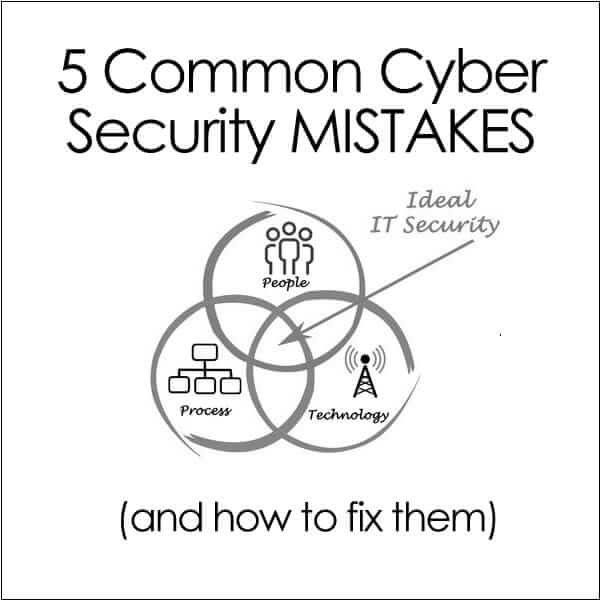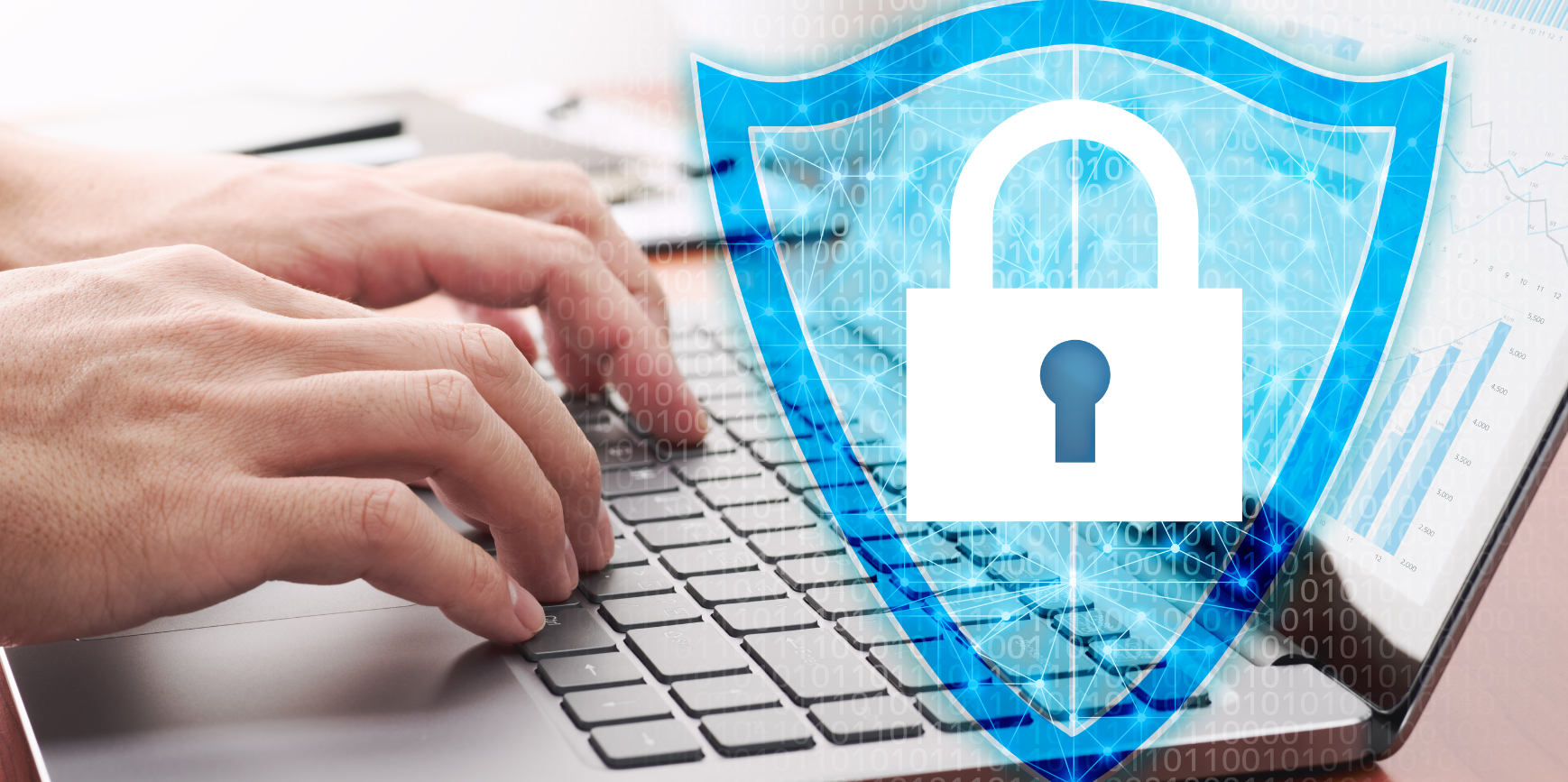5 Security Misconceptions that Put Your Network at Risk
Just as you work day in and day out at your business, criminals work each day at finding a way to break into your network.
Security Misconceptions
When you’re busy running your business, you don’t have time to monitor network computers to ensure they are up-to-date. And when it comes to cyber security, what you don’t know can hurt you. Many areas of network security give you a false sense of confidence.
Aside from the basic fundamentals, there are 5 common cyber security misconceptions to watch out for:
1. “As long as employees don’t open email attachments from unknown senders, they can safely read any email.”
While it’s true that the biggest risk comes from opening email attachments, if you don’t regularly update your mail client, browser, browser plugins, and operating system, your system (and network) might be susceptible to malicious malware attacks – simply by opening an email.
A good rule of thumb is to never open a spam email and never click on the “opt out” links within the spam email, because doing so confirms to the spammer that a real person is behind the email address. This encourages even more spam!

The top 5 network security mistakes to watch out for
2. “Our company PC’s are not at risk because they are protected with security software.”
Even the best security software might fail to prevent a new type of malicious software from infecting your computer.
Software will always have vulnerabilities and criminals will always look for ways to exploit those vulnerabilities and reverse engineer patches. Online criminals are in the business of finding vulnerabilities in the software you use and for this reason, it’s critical to update security software frequently.
Want a foolproof way to protect your company PC’s?
Ontech Desktop Care is a managed service that monitors your company PC’s 24/7 and alerts you of a virus before it gets out of control and infects your network. In addition, your computer performance is monitored 24/7 to ensure all company PC’s are fast, secure and running as efficiently as possible.
3. “If I see the padlock symbol in my browser, that means I am visiting a website that’s safe.”
People have become accustomed to assuming the lock on a website means the website is secure and legit.
But here’s the problem…who else knows this?
You guessed it, criminals and hackers! The only thing the padlock means is that the site uses encryption to secure the data exchanged between the site and your computer.
It tells you nothing about how secure the website is in terms of data breaches and hackers – let alone the people behind the website.
TIP: If you’re unsure about a website, do a quick Google search for “Site name + scam” and see if you find any postings from others who fell victim to the scam.
4. “Desktop and laptop computers pose a larger security threat than a smartphone or tablet”
The popular practice of Bring Your Own Device (BYOD) to work has opened Pandora’s box in terms of security risks for businesses. Smartphones are increasingly becoming the targets of hackers whose goal is to obtain sensitive information.
Jason Cook, CTO & Vice President of Security at BT America’s, stated According to a BT study, mobile security breaches have affected more than two-thirds (68 %) of global organizations in the last 12 months.”
He continued, “Data theft is at high vulnerability when employees are using mobile devices (particularly their own) to share data, access company information, or neglect to change mobile passwords”.
It is now more important than ever to create and enforce strict BYOD policies on using smartphones and tablets in the workplace.
How to Protect Your Network from BYOD Risks
Technology does exist that can help you not only prevent data loss, but also establish important policies and enable you to control which employees access which information.
5. “If our network or company computers were infected with malware, we would know it.”
Sometimes the signs of malware aren’t that obvious.
The only telltale way to know with complete certainty, that your computers and network are in good shape, is by running an annual or bi-annual network vulnerability assessment.
Here are a few signs that your computer or network may be compromised:
- Increased network activity: When someone hacks into your network, they can consume your bandwidth and slow down your internet connection, which prevents external resources performing their functions in a timely manner
- Fake antivirus messages pop up on your desktop stating your computer is not secure.
- There are programs on your computer that you do not recognize.
Related Topics
Would Your Organization Pass the Network Vulnerability Assessment?
No network is immune to the occasional vulnerability. Ultimately, the real key to security is in prevention.
That’s why as a first step, we recommend all organizations run a Network Vulnerability Assessment across their network at least once or twice a year.
Our Network Vulnerability Assessment is a great way to get a snapshot of the overall “health” of your network.
You’ll receive a comprehensive report on the areas of your network that are typically the most unsecure – you might be surprised by what we find! Most businesses and organizations have security loopholes lurking within their network that remain undiscovered – until it’s too late.
We encourage you to get more details on what to expect from a Network Vulnerability Assessment here. If you have questions, please contact our office at (262) 522-8560 or send us a request online.






